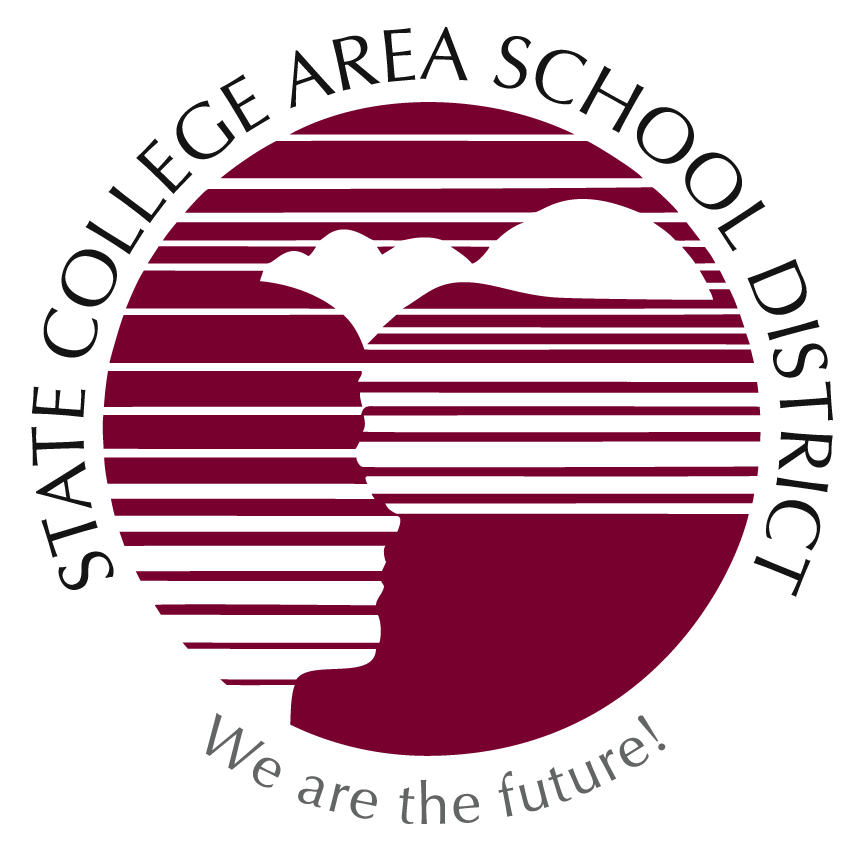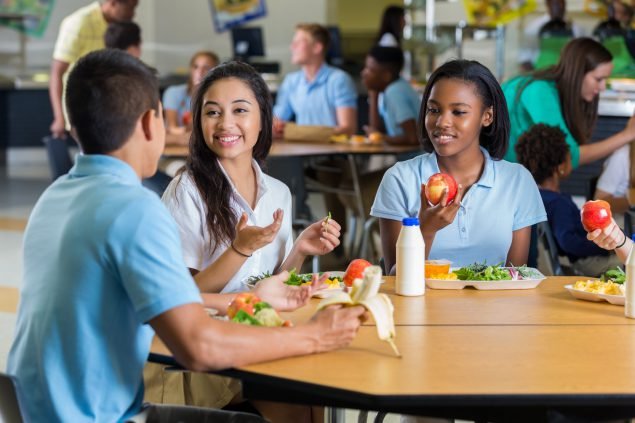Whether it's grilled cheese and tomato soup or pizza on Fridays, there’s a lunch choice for everyone that can make the whole day better when it shows up on the menu. Because it can make or break a day, the lunch menu has always been a topic of discussion at schools, and PFMS is no exception. Whether it be to check to see if the options are pleasing to them, fit their dietary needs, or any other reason, checking the lunch menu is a common start to the day. As the year comes to an end and students have enjoyed the same options all year long, some might be wondering what new and exciting choices and changes will be in store next Fall.
Megan Schaper, the director of food services for State College Area School District for more than thirty years, and the rest of the cafeteria staff, work hard at making the lunch menus diverse and delicious. Schaper and her team go through a process to find new menu items, working around all the limits to what they can include.
First, they have to check to make sure the new lunch option fits their categories: it has to be tasty, healthy (meaning it has to meet the USDA calories, fat, and sodium standards), and also be under the $3 budget. “We are looking at planning a menu that most students are happy with,” Schaper explained, ”[but] the price is a limiting factor on what we can offer.” As a way to benefit and help people with many different dietary needs (such as eating kosher, vegetarian, gluten free, lactose intolerant, Halal, or any other eating restriction), the school wants to offer large entree size salads, which is a food suggested often. However, large salads don’t meet the budget right now, so they are unfortunately out of the picture.
Next, to make sure students like the new option, the cafeteria puts it through the cycle three or four times. “The first time the new option is offered, students might not get it because they don’t know what it is,” Schaper said. “This way, they will be exposed to it more and more often, leading to more students buying it.”
The last step of adding a new food item is making sure it is making money. “The way the school lunch program is funded is by students coming in and buying lunch,” Schaper stated. Just like any business, they need to keep the amount they spend on products and staff in mind.
All this means that, while students may be eager to add their own new and exciting ideas to the menu, they first have to consider all the factors that their food item must have.
However, despite the challenges involved in adding new food to the lunch menu, the cafeteria staff is always seeking feedback and ideas. In the past, Schaper noted that she has used student surveys to get opinions from students. She and her staff have also gone to food shows that are specifically for schools.
Students missed out on lots of things because of the pandemic, including the school lunch experience because, before the pandemic, the school lunch line was split in three, and each line served something different. Schaper mentioned that PFMS might be returning to that method of lunch. She said, “In the future, [there might be] one line that is hot sandwiches, one line that is a featured item, and one line that is a pizza and pasta item.” Having more variety will be great for students, who might have specific diets or want more options, the staff, who will probably get more money because more students will buy food, and the lines will be shorter, also resulting in happier students.
All in all, the school cafeteria staff does what they can to produce healthy, varied, and delicious foods for all students, while being restricted by the budget and national standards. They are also open to new ideas from students, parents, and teachers about future lunch options. Finally, PFMS cafeteria’s future looks bright with the new/old lunch lines with different options in each one.

